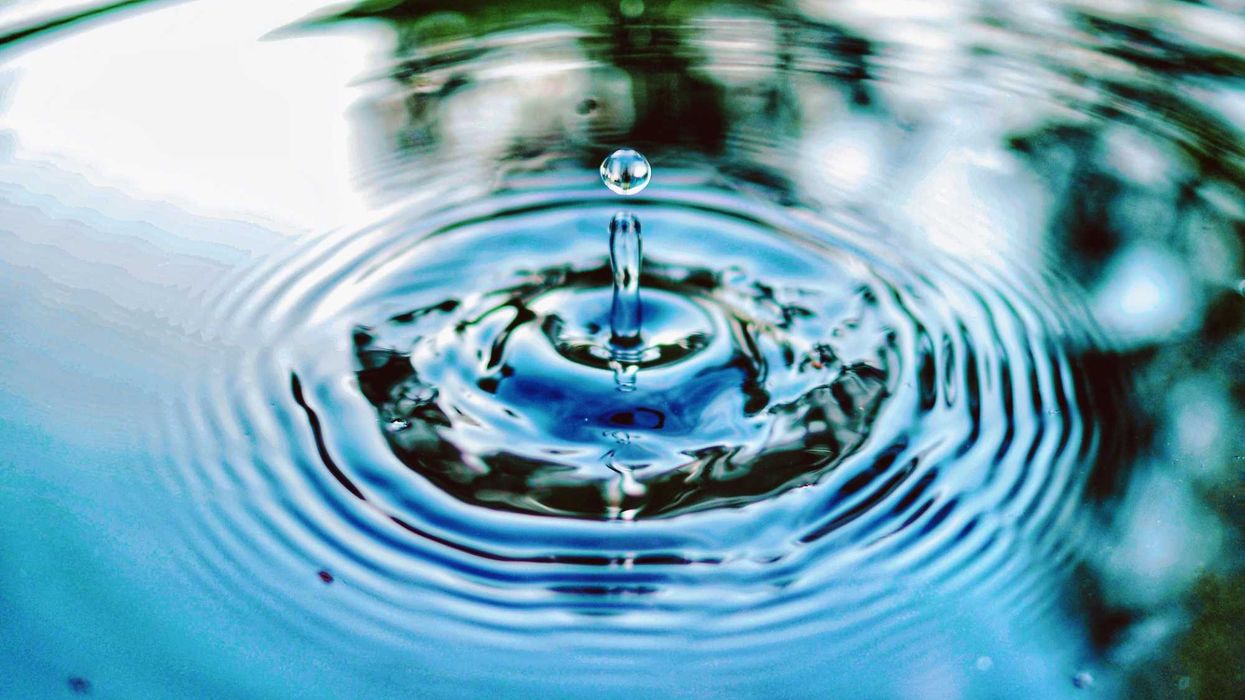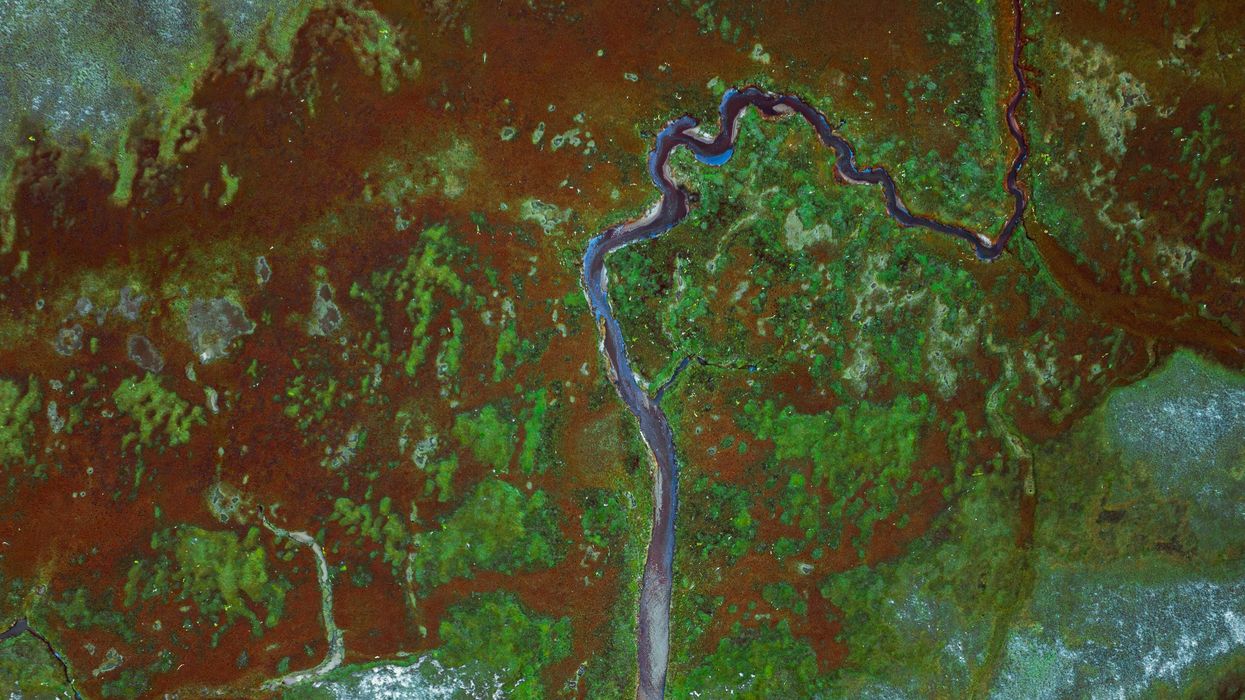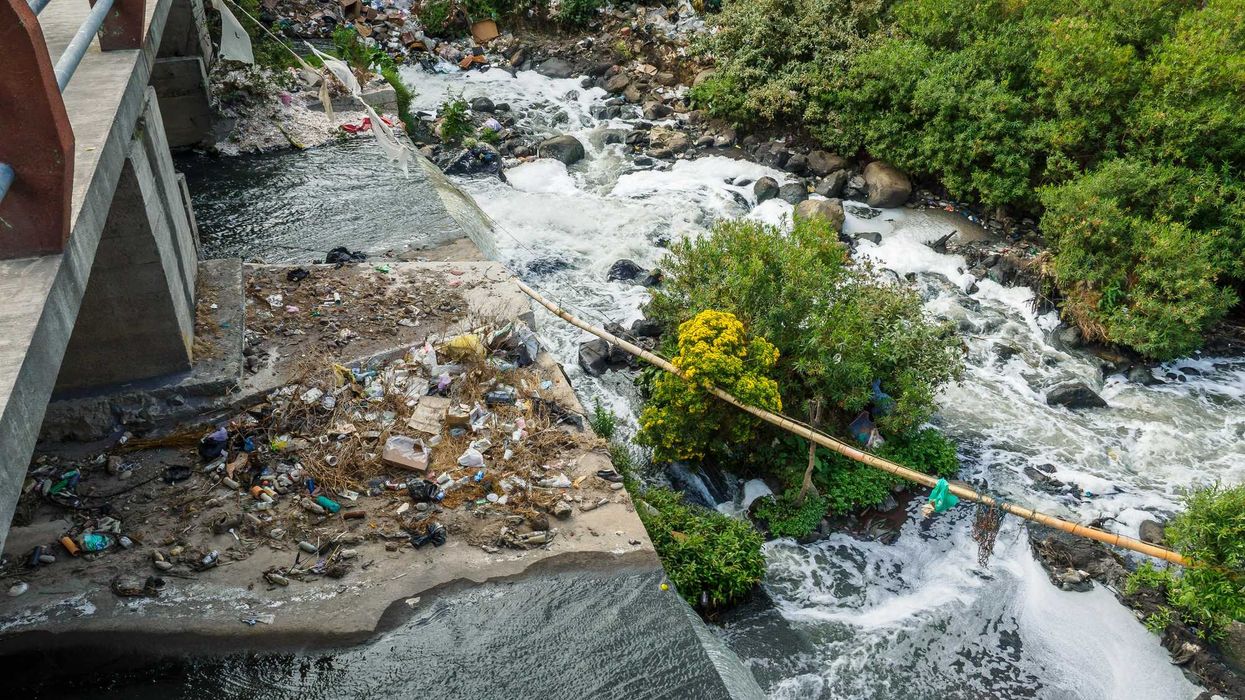A sweeping update to Michigan’s fish consumption advisories has tripled the number of lakes and rivers with “Do Not Eat” warnings due to new, stricter safety thresholds for PFAS contamination.
Garret Ellison reports for MLive.com.
In short:
- Michigan now lists 98 water bodies where eating at least one type of fish is considered unsafe due to PFOS, a toxic chemical in the PFAS family, up from 33 previously.
- The state lowered its PFOS safety thresholds from nine parts per billion (ppb) to 1.5 ppb for limited consumption and from 300 ppb to 50 ppb for “Do Not Eat” advisories, reflecting new research on PFAS toxicity.
- Despite expanded advisories, Michigan does not require uniform signage at contaminated sites, leaving it to local health departments to request and post warning signs.
Key quote:
“There should be a uniform approach statewide. It shouldn’t be left to a local health department to make a different determination than another local health department.”
— Tony Spaniola, Detroit attorney and co-chair of the Great Lakes PFAS Action Network
Why this matters:
Once consumed, PFAS can accumulate and persist in organs for years. Exposure has been linked to cancer, liver damage, hormone disruption, low birthweight, and weakened immune responses, even at low levels. Fish, especially those from contaminated waters, are a major exposure route. Communities that rely on local fish for food face disproportionate risks. Michigan’s move to lower its safety thresholds for fish reflects mounting evidence that PFAS harms occur at much lower levels than regulators once thought. Yet without clear, consistent public warnings at lakes and rivers, people may unknowingly consume toxic fish. As PFAS continues to show up in water bodies across the U.S., health experts and environmental advocates warn that fish advisories, while important, are only part of a broader reckoning with this widespread chemical pollution.
Read more:














